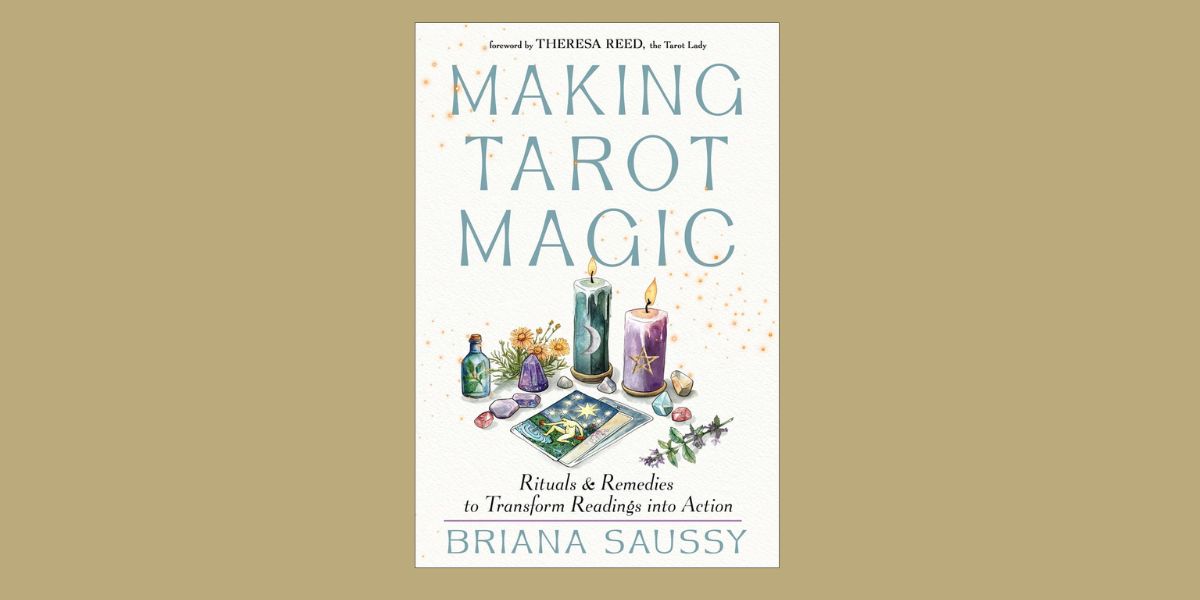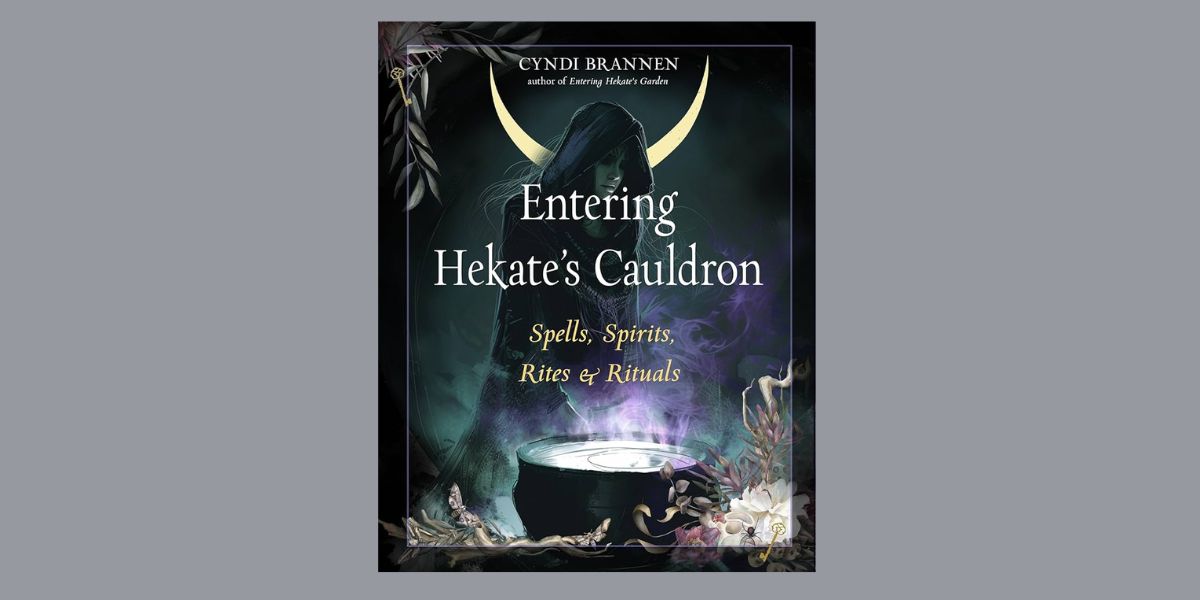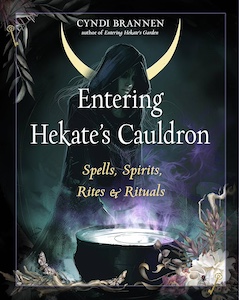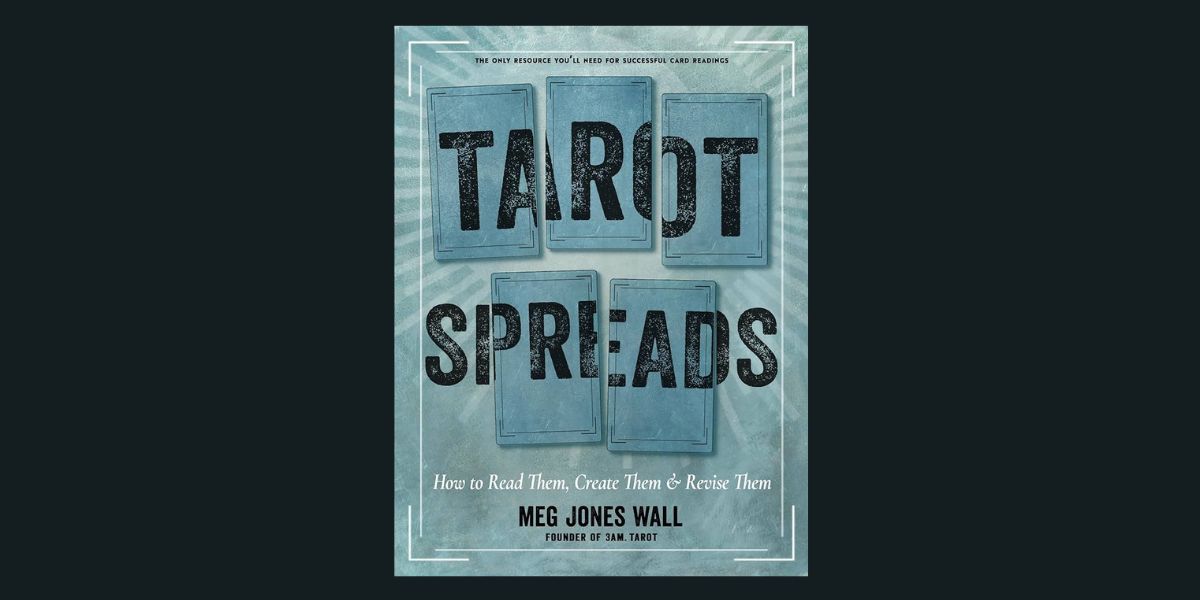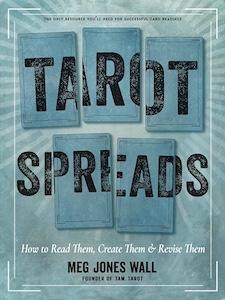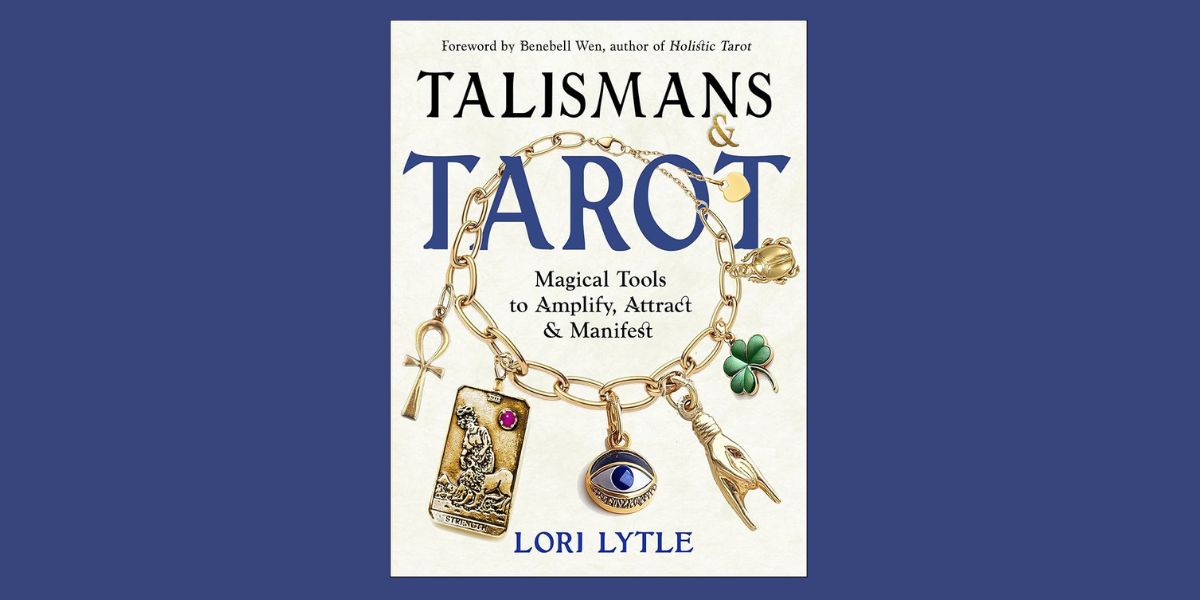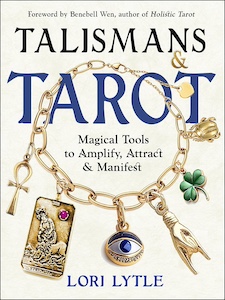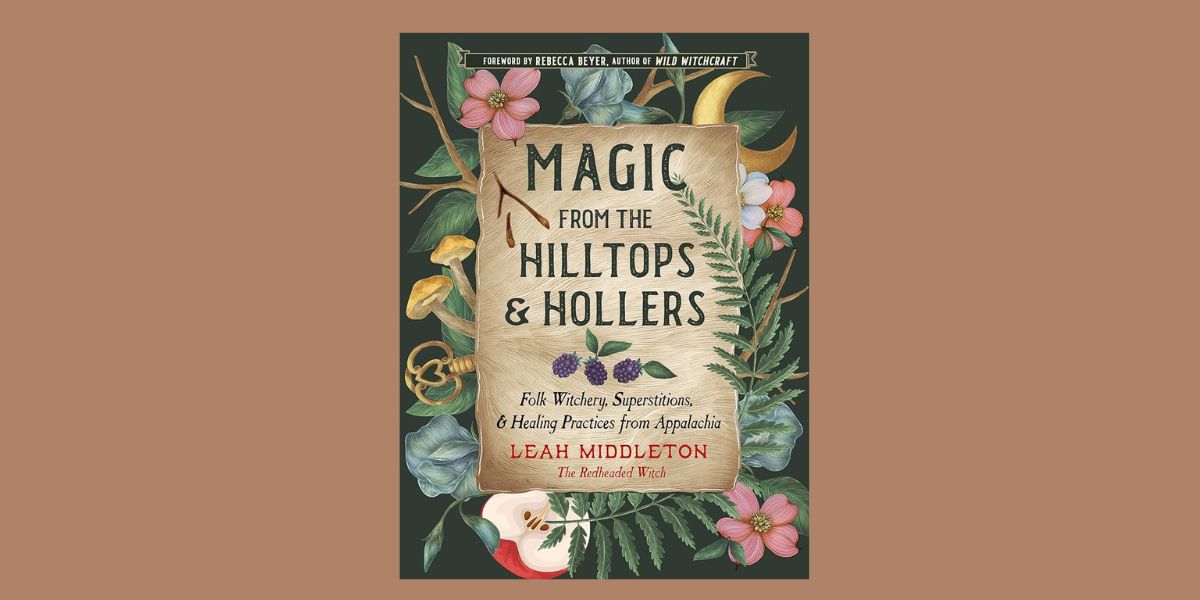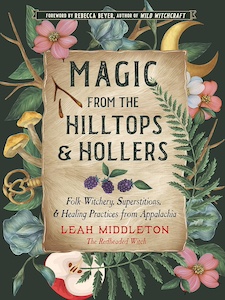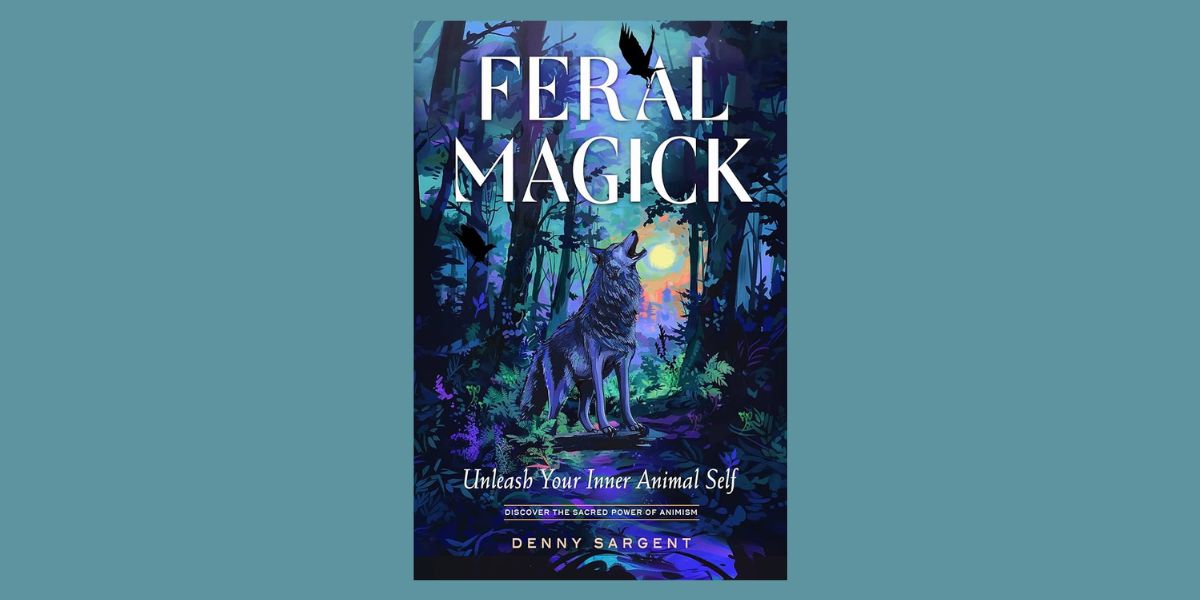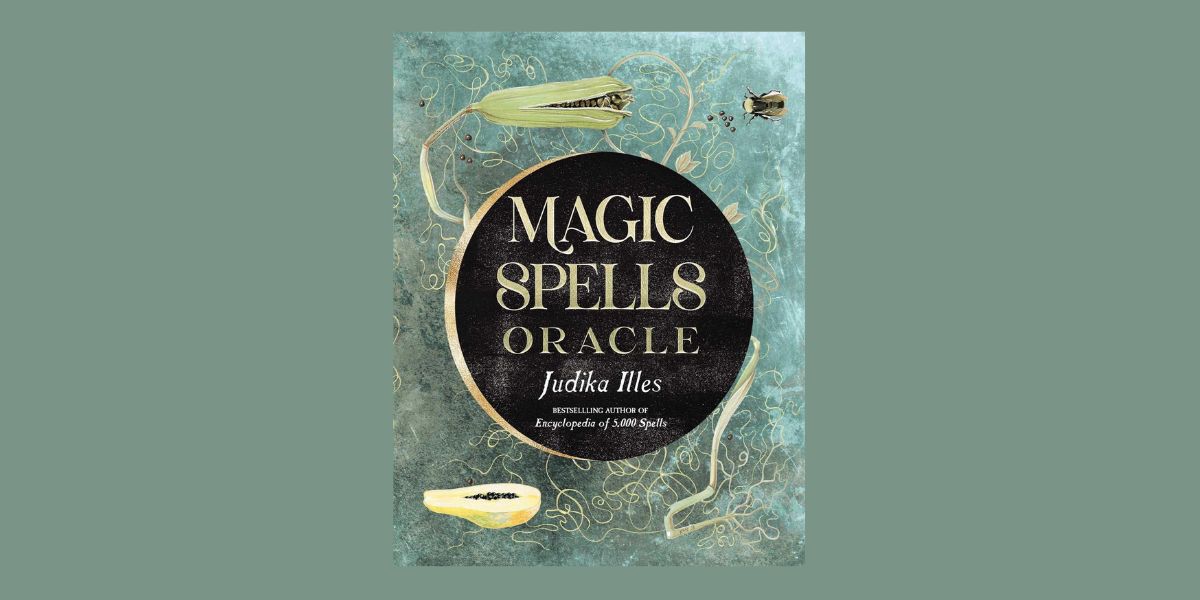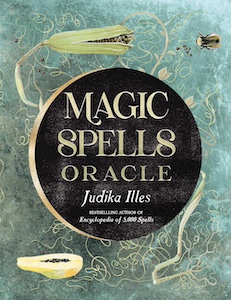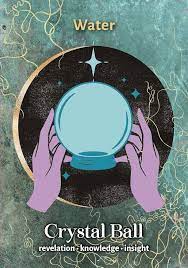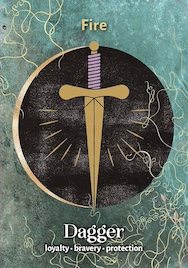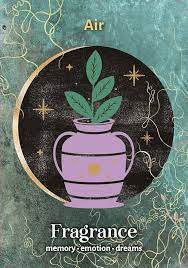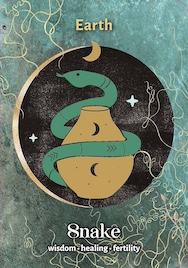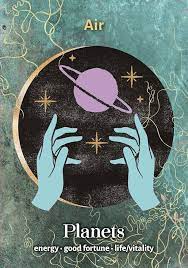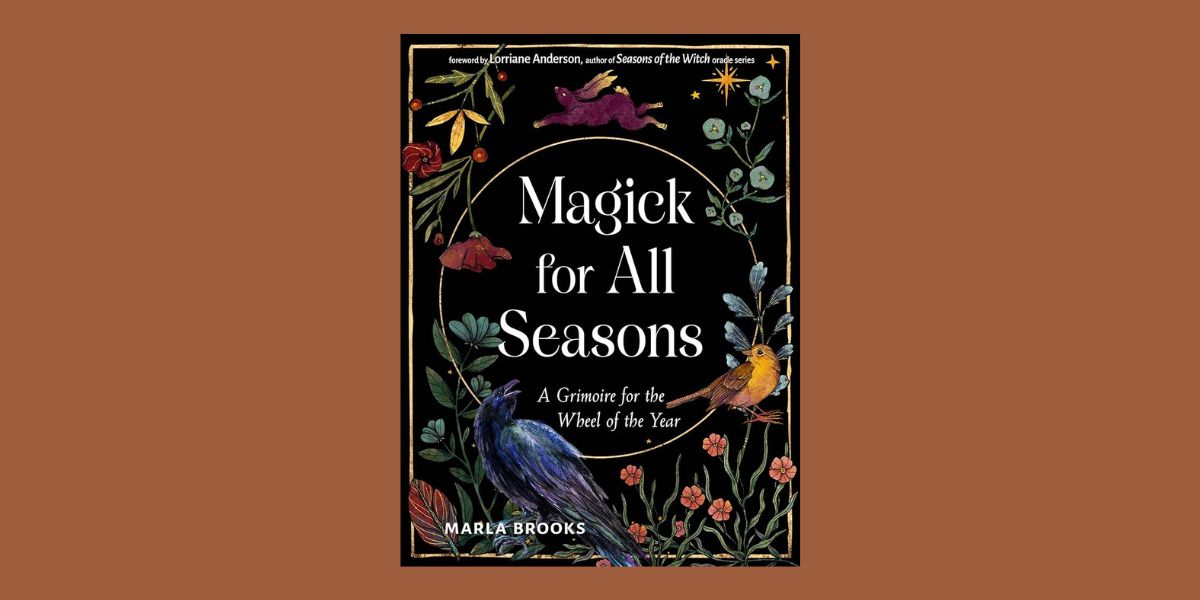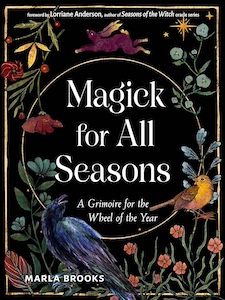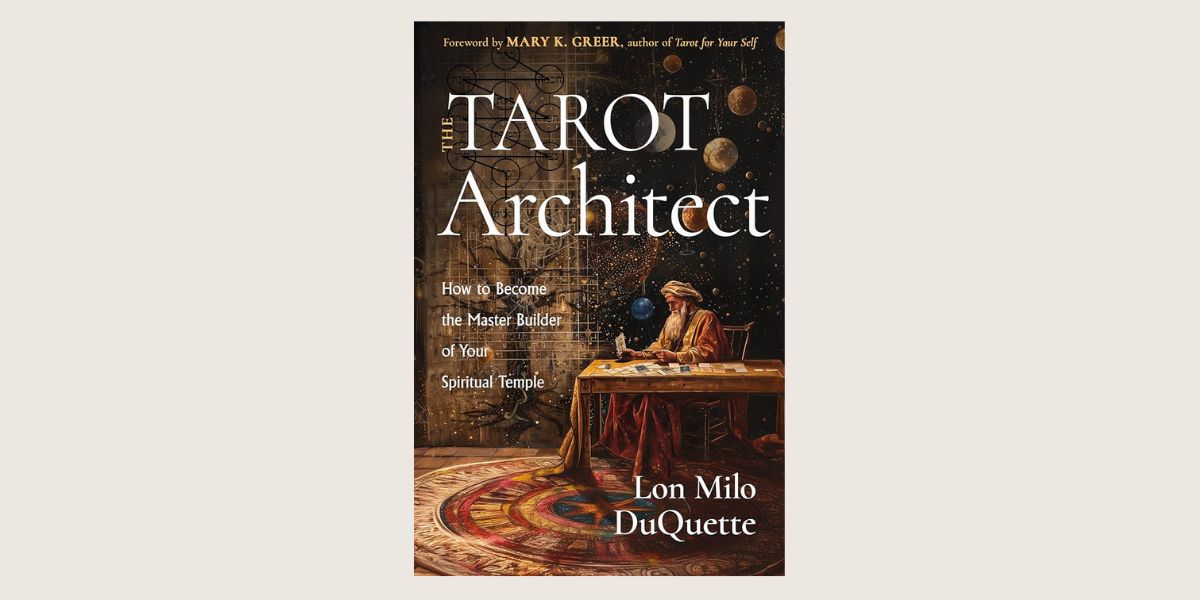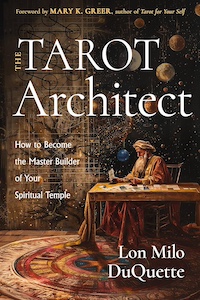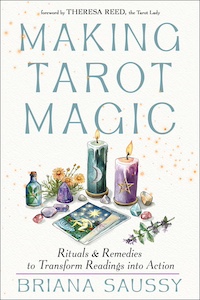
Making Tarot Magic: Rituals and Remedies to Transform Readings into Action, by Briana Saussy
Weiser Books, 1578638763, 248 pages, December 2025
Have you ever done a tarot reading and found yourself wondering how to actually act on the messages the cards revealed? Maybe you journal or meditate afterward, yet the practical steps still seem to allude you. Perhaps your readings have begun to feel a bit passive, keeping you circling in the “what ifs” or lost in contemplation. Enter Making Tarot Magic by Briana Saussy, a guide that reminds us tarot isn’t just a tool for insight, but a catalyst for real transformation.
Where before there was only fate, after a good reading there should be freedom.”1
Weaving together the arts of divination and magic, Saussy reframes tarot reading as an opportunity for ritual and intention work. Readers learn how to use each tarot cards’ energy for real life healing, love, protection, abundance, and more. While many tarot books teach how to read the cards, Saussy’s focuses on what readers can do with that information to practically apply it in the world, reminding readers they can make moves to either lean into or shift the story of the cards, and use magic to do it.
“A tarot reading told you a story…and told you what you needed to do to change the story, to give it a better ending, to create more spice, adventure, and depth.”2
As an experienced diviner, Saussy has organized the book into chapters based on top topics people most seek advice about: love (marriage, romance), prosperity and abundance (personal wealth), career and business success, healing, court cases and legal issues, fertility/pregnancy and manifestation, baneful work, and protection and divine blessings.
For each intention, she provides an introductory overview, special considerations to note in regard to the Major Arcana and suits, descriptive meaning for all Major Arcana and Court Cards plus corresponding magical techniques and intentions, short meaning of the Pip cards (Ace-Ten), and then tasks for further development and relevant spells.
I absolutely LOVE how Saussy goes through each chapter and provides a different interpretation of the cards based on the specific intention of the chapter. Too many tarot books give only one general interpretation for each card, leaving it up to readers to apply the energy of the card to the specific focus of either the reading in general or the card’s placement in a spread. The way Saussy goes above and beyond interpreting each card through a different lens is both an enlightening way for readers to see the mutli-faceted nature of the cards as well as a quicker way to find a more specific answer to your question by focusing specifically on the relevant interpretation.
And on top of this there’s a magical component too, of course, which opens a whole other doorway to interacting with one’s reading too. For those new to either tarot or magic, Saussy provides a great foundation in “Chapter One: Tarot and Magic Basics”. Topics covered in this chapter include how to work with tarot cards, specifically focusing in on how they relate to magic, reviewing magical intentions, exploring different magical techniques (candles, incense, spirit work, lodestones), magical timing, color magic, how to deploy and dispose of magic, and personal concerns (things that carry the DNA of a person).
One thing I will note though is that Saussy doesn’t go too much into how to do all the different magical techniques. While she lists them in chapter one, there’s not much guidance on how to actually do textile magic; the information given more describes how it involves working with knots or fabric. For those who have no idea how to work that type of magic, me for instance in regard to textile magic and sacred vessels (witch bottles, mojo bags), I would need more specific spells with exact ingredients and instructions. So while Saussy can point readers in the right magical direction, there’s definitely going to be a bit more work to do for follow up.
This might just be because I read the books back to back, but I think Tarot Spreads by Meg Jones Wall would be a great compliment to Making Tarot Magic because it teaches readers how to intentionally structure their readings to get to the heart of their question. While I absolutely love all the different interpretations of the tarot based on the overall topic that Saussy provides, I initially felt like I could only one-card pulls that corresponded with my intention to then draw on the magical insight Saussy provides for the card in the relevant chapter.
It wasn’t until I thought to put to use what I’d learned in Tarot Spreads about creating spreads that I started to see how I could layer different topics from Making Tarot Magic (ex. Healing, romance, and divine messages) into one reading. And once I started doing this, I became enthralled with mixing together the different messages from Saussy’s perspective in this book.
Here’s an example of one of my readings I did to find a way to feel unstuck. I had been creatively blocked and worrying about money. I wasn’t in a state of flow. I crafted my own spread with the intention of reading each card from the corresponding chapter in Making Tarot Magic:
Card 1 – How am I holding back my own abundance?
Four of Coins from “Chapter Three: Money, Honey! Part One: Personal Prosperity, Wealth, and Abundance”.
“The querent refuses to give up the best part of themselves and so does not have as much security or abundance as they otherwise might.”3
Card 2 – What messages are there from the divine that can help me overcome this?
King of Pentacles from “Chapter Nine: Full of Ourselves: Safeguarding Vital Energy and Opening to Divine Empowerment and Blessings”.
“There is a need to connect to family members, ancestors, and history. Personal history, world history, history of place–any or all of these are relevant now.”4
Card 3 – How can I apply my creativity to create a new path?
Three of Cups from “What Are You Expecting? Fertility, Pregnancy, and the Work of Manifesting”.
“Female friends will come around to support and bless someone so that they may go forth and be fertile.”5
Overall interpretation: I’ve been spending too much time on my own, in my head, declining social invitations, and being a bit of a grump, which is to say I haven’t been sharing myself with others much. This reading reminded me that I light up when I am around people I love, especially my good friends who have been there through thick and thin throughout the years.
Wouldn’t you know the next day one of my good friends invited me over and I gave into a day of pure relaxation. I didn’t think about work, food prepping, or the upcoming holidays. We watched Wicked, sang and danced to Taylor Swift’s new album, and got caught up on life with each other. And I was absolutely rejuvenated! It felt like a clean slate. My reading ended up being spot-on in what I needed, and I’m glad it gave me the awareness I needed to accept my friend’s invitation instead of pushing it off for the sake of productivity.
Overall, I’ve very much enjoyed Making Tarot Magic for the variety of card interpretations. For those with a magical background, there’s a lot of room to apply your craft in regard to tarot readings. Saussy provides not just tarot insights, but a magical roadmap for creating meaningful change, gifting readings the opportunity to transform their reading into practical real-life action.
Whether readers are seeking to work magic related to their relationships, healing, manifestation, money, career, legal matters, or protection,this book gives you the tools to discern the messages of your readings more clearly and then utilize magic to pave the way forward. Saussy’s guidance helps readers move from “what the cards say” to “how I can act with the cards’ energy?”. This is truly a gift of freedom, as readers ultimately hold the cards and have the ability to do what they will with the information presented. Saussy’s lists of magical ways to work with each cards’ energy is a truly a useful addition to any magician’s book collection.
Alanna Kali is an astrologer, numerologist, and pioneer spirit that loves to explore life through the lens of depth psychology. She has a passion for studying the humanities and social trends. Her academic work is centered upon reuniting body, mind, and spirit through eco-psychology. She loves reading, spending time in nature, and travel.
